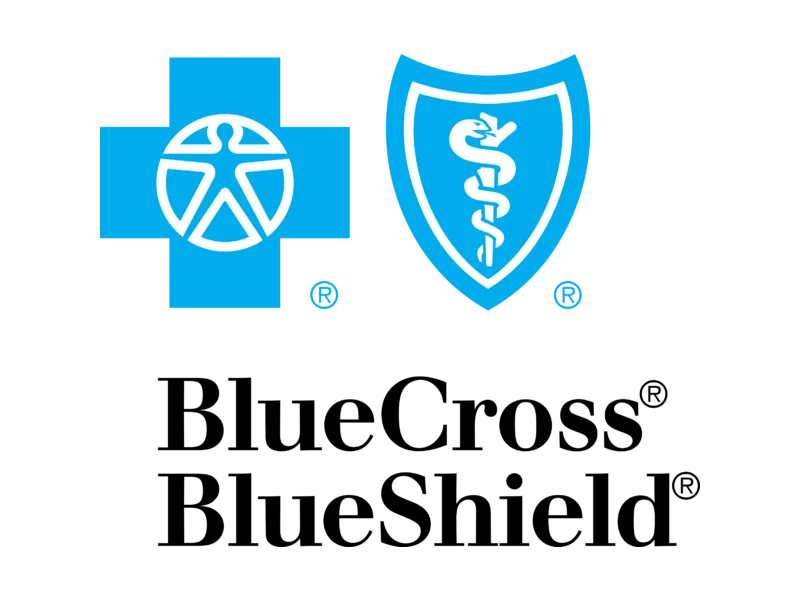Key Points
- Point 1
- Point 2
- Point 3
Sometimes heading from class directly to practice doesn’t leave me enough time to fuel up. The times I have eaten right before practice, I get stomach cramps that end up slowing me down. And I’ve noticed during the course of the week that I gradually feel weaker and less energetic.”
“What are some strategies that I can use to make sure I’m well-fueled during practice?”
🍎 You are under-fueled during training if...
- You have break-through hunger in the early or middle part of exercise or practice.
- You feel that you are working hard, but not making the gains in performance you would expect.
- The quality of your workouts decrease during the course of the week.
- You feel sluggish and are easily frustrated during your exercise or practice.
Most athletes not only have demanding workouts, but often times have busy schedules to navigate around as well. In the midst of this balancing act, fueling enough and getting the proper kind of fuel can become an afterthought. If this sounds familiar, consider fueling strategies that will optimize your performance and recovery.
💤 What happens physiologically when your body becomes weak:
- When you experience hunger, your body is in a catabolic (breakdown) state. It will adapt best to training, especially for strength and speed, when in an anabolic (building) state.
- Under-fueled athletes often have inadequate muscle and liver glycogen stores to draw on during training, so they are more prone to dehydration, and are less likely to recover completely between practices.
- In moderate- to high-intensity practices, your body can absorb 30 to 60 grams (g) of carbohydrate per hour. In stop-and-go practices, you may be able to consume a higher amount of carbohydrate per hour.
- Glycogen repletion takes time and multiple doses of carbohydrate. Starting recovery carbohydrates and, if needed, protein intake soon after training will accelerate the recovery process (within 15 to 30 minutes).
🍞 Do this before your training:
- Plan to eat foods low in fat, and moderate in protein and fiber two to four hours before practice.
- Eat a bigger breakfast — double up on wheat toast, oatmeal or yogurt to take a little pressure off of lunch.
- Keep snacks on hand: pretzels, trail mix with dried fruit and no nuts (fat content will be too high), dry cereal, oranges/tangerines/bananas/fruit cup, granola bars, baked chips and water, or grab a high-fluid snack on your way: nonfat yogurt or chocolate milk, or low-fat sport shake.
- Fuel with 30 to 60 g carbohydrate, low in fat and fiber, within an hour before practice.
🏃♂️ Do this during your training:
- Remember that you can consume 30 to 60 g carbohydrate per hour during exercise as well.
Consume 30 to 60 grams of carbohydrate per hour during moderate to intense activity, especially if under-fueled. Fluids should always be consumed along with solid foods during training.
- Sip on two to four eight-ounce cups of a sports drink for real-time fuel, as well as fluids and electrolytes (it may seem like a lot, but you will rapidly use that carbohydrate to fuel your training session).
- Consume any solid foods in small, frequent bites and with water or a sports drink to avoid stomach upset.
- Choose high-carbohydrate foods that contain a mixture of types of carbohydrate (starch, fructose, glucose, maltodextrin).
🍽️ Do this after your training:
- If training has been long and/or of very high intensity, shoot for consuming 0.75 to 1.5 g carbohydrate per kilogram of body weight along with 7 to 20 g of protein within the first hour after exercise.
- If training has been light, eat a well-balanced meal within two to three hours after finishing and consume fluids to replace losses.
The views expressed by authors and contributors of such content are not endorsed or approved by Fay and are intended for informational purposes only. The content is reviewed by Fay only to confirm educational value and audience interest. You are encouraged to discuss any questions that you may have about your health with a healthcare provider.
Sources
Fay Nutrition has strict sourcing guidelines and relies on peer-reviewed studies, academic research institutions, and medical associations. We avoid using tertiary references.










